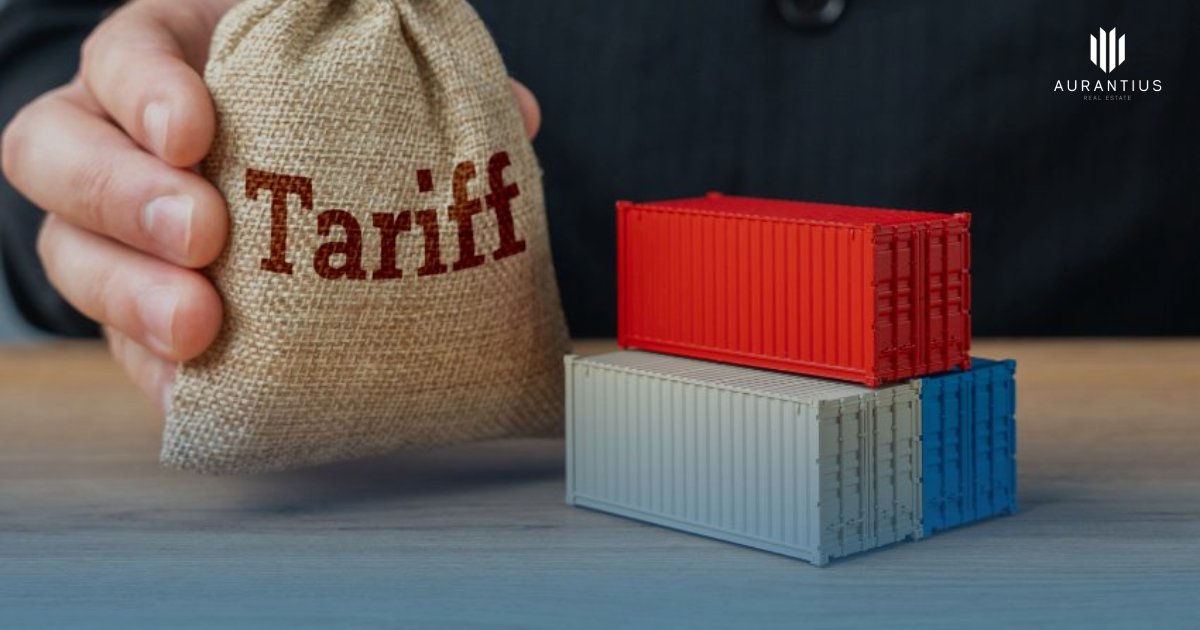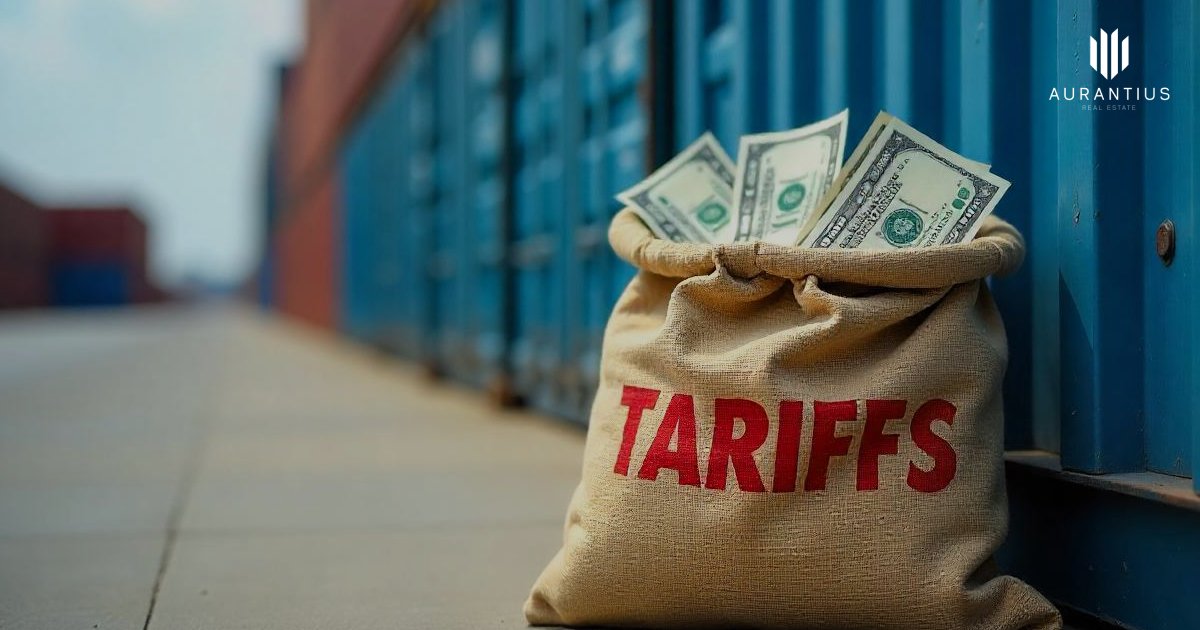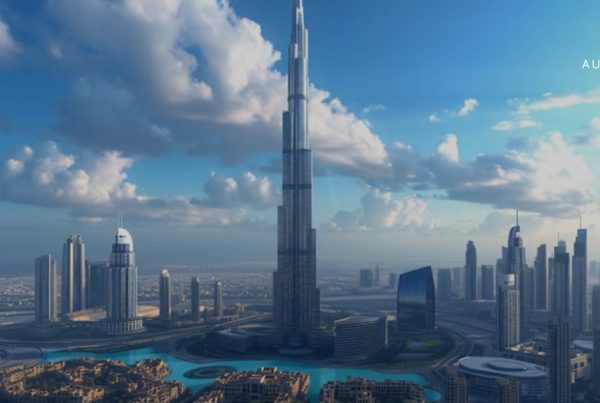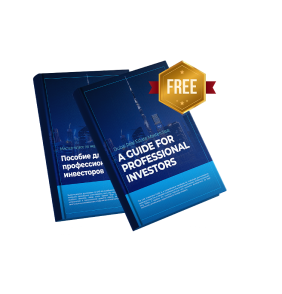How US Tariffs Could Reshape the UAE Real Estate Market in 2025
The April tariff announcement from the United States—framing a 10% baseline levy on a wide basket of global imports, with a temporary 90-day pause for non-retaliating countries—has added a fresh layer of complexity to an already fluid macro backdrop. While the headline risk is squarely about trade, the practical spillovers reach far beyond shipping manifests. For the UAE and, in particular, Dubai’s property ecosystem, the question is how these policy shocks translate into costs, timelines, occupier behavior, and ultimately pricing across residential, office, industrial, and logistics assets.

A Global Trade Shock with Local Transmission Channels
Tariffs typically influence real estate through three primary channels: construction input costs, corporate location strategy, and capital flows. First, pricier imported materials (from steel rebar to mechanical and electrical systems) can pressure developer margins and elongate delivery schedules. Second, multinationals re-plot supply chains to avoid tariff frictions, creating new demand clusters for offices, warehousing, and distribution hubs in tariff-light jurisdictions. Third, risk-off waves in global markets may briefly unsettle sentiment—yet often redirect capital toward stable, dollar-linked, tax-efficient destinations like the UAE.
Short-Term Volatility vs. Long-Term Optionality
Markets reacted swiftly when the tariff headline hit—regional equities dipped, funding costs wobbled, and contractors reassessed procurement. But as negotiations and exemptions circulate, the UAE’s medium-term proposition remains compelling: a hard currency peg, business-friendly regulation, deep transport and digital rails, and a transparent title and escrow regime. For investors, that combination keeps Dubai on the shortlist for capital preservation and durable income, even as global risk premia rise.
Industrial & Logistics: Likely Beneficiaries
As firms diversify supply chains, demand should intensify for strategically located warehousing and light-industrial space—particularly in proven corridors with trade infrastructure, free-zone frameworks, and multimodal connectivity. Expect elevated requirements around Jebel Ali Free Zone, the airport-adjacent cluster at Dubai South, and Abu Dhabi’s KIZAD (Khalifa Industrial Zone). Occupiers will prize modern Grade-A sheds with high clear heights, strong power provision, and embedded sustainability features that reduce operating costs and help meet ESG mandates.
Office Demand: Hub Consolidation Over Headcount Bloat
Office take-up in Dubai and Abu Dhabi is likely to reflect a “fewer, better hubs” mindset: consolidating leadership, trading, and regional HQ functions into resilient nodes with talent access and diplomatic connectivity. That favors core business corridors from DIFC and Downtown Dubai to Dubai Internet City and Sheikh Zayed Road. In practice, we expect occupiers to optimize footprints, not indiscriminately expand—seeking flexible floors, turnkey fit-outs, and strong landlord covenant. Grade-A space with efficient floorplates will maintain pricing power.
Residential: Targeted Upside Where Jobs and Schools Converge
Residential absorption should follow jobs, schools, and mobility. Executives and relocated teams gravitate to integrated master communities where quality of life and commute time align—think Dubai Hills Estate and its villa-apartment mix, family-centric precincts like Tilal Al Ghaf, and culture-coastal living on Saadiyat Island. For yield-seekers, well-managed assets in mid-market hubs such as Jumeirah Village Circle continue to offer resilient gross returns, supported by a deep tenant base and improving community infrastructure.
Developers: Cost Pressure Meets Supply-Chain Creativity
Should tariffs lift certain input costs, expect leading UAE developers to lean into procurement agility: multi-sourcing, re-sequencing project phases, locking FX-neutral contracts, and value-engineering without diluting brand promise. Those with strong balance sheets and in-house construction management will be best placed to defend margins and delivery timelines. For buyers who prioritize covenant and after-sales service, established names like Emaar, DAMAC, and Sobha Realty remain a logical first call—especially in a period when supply-chain reliability is part of the product.
Capital Flows: From Caution to Calibration
Higher global uncertainty can initially depress risk appetite—but often catalyzes portfolio rebalancing into jurisdictions with legal clarity, tax efficiency, and a dollar peg. The UAE checks those boxes. Expect continued interest from family offices and institutional capital scanning for inflation-hedged income (prime logistics; stabilized multifamily) and optionality-rich development pipelines (waterfront, branded, and mixed-use communities). On the financing side, lower global rates later in the cycle would further brighten the picture for end-user mortgages and development funding, though lenders will stay selective on sponsor quality and pre-sales coverage.
What to Watch Through 2025
Input costs and lead times: Monitor delivered pricing for steel, MEP systems, and finishing materials, plus shipping rates. Moderate inflation plus smoother logistics would relieve pressure on project IRRs.
Occupier behavior: RFP volumes in logistics clusters (JAFZA, Dubai South, KIZAD) and Grade-A office pre-lets in core CBDs are the best real-time signals of corporate conviction.
Policy dynamics: Any tariff exemptions, bilateral trade updates, or expanded UAE investment visa pathways can quickly reset the demand curve—particularly in prime and upper-mid residential tiers.
Tactical Playbook for Investors and Developers
Investors: Barbell your exposure. Pair core income (institutional-grade logistics; leased multifamily near job hubs) with selective growth (waterfront and branded residences in prime sub-markets like Palm Jumeirah and Dubai Marina). Favor sponsors with proven delivery and transparent escrow practices.
Developers: Get ahead of procurement—hedge key materials, expand supplier rosters, and communicate construction milestones openly. Where feasible, phase launches to match absorption, and consider incentives that preserve price integrity (fit-out credits, closing-cost support) instead of headline discounts.
Bottom Line: Complexity, but a Compelling Core Story
US tariffs complicate the global picture, but they do not undercut the UAE’s structural edge: strategic geography, hard-currency stability, low taxes, pro-business regulation, and world-class infrastructure. If anything, supply-chain rewiring and corporate hub consolidation reinforce the logic of placing people, processes, and product in Dubai and Abu Dhabi. For disciplined capital and credible developers, 2025 looks less like a detour—and more like a window to secure future-proof assets in a market built to absorb shocks and convert them into opportunity.











